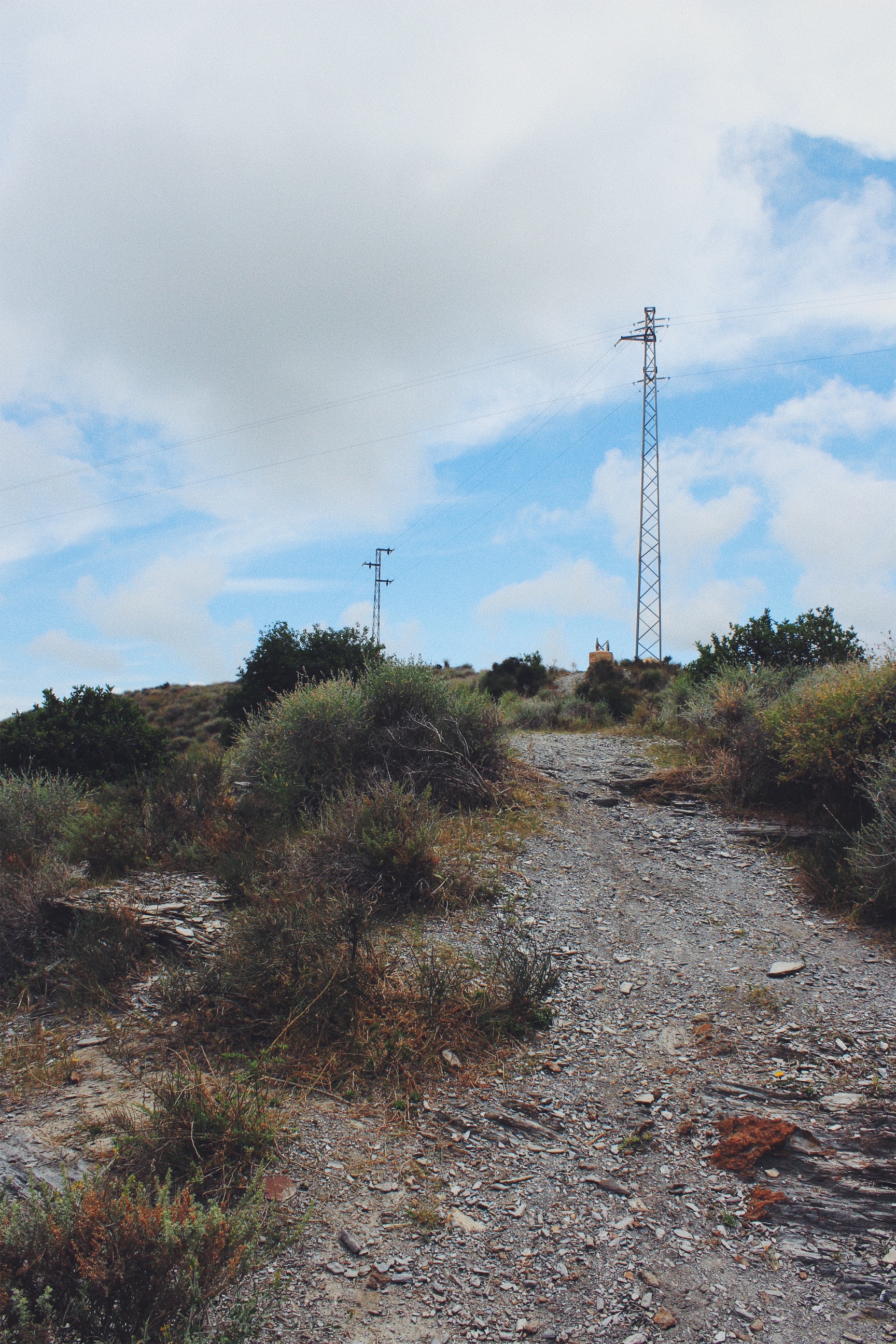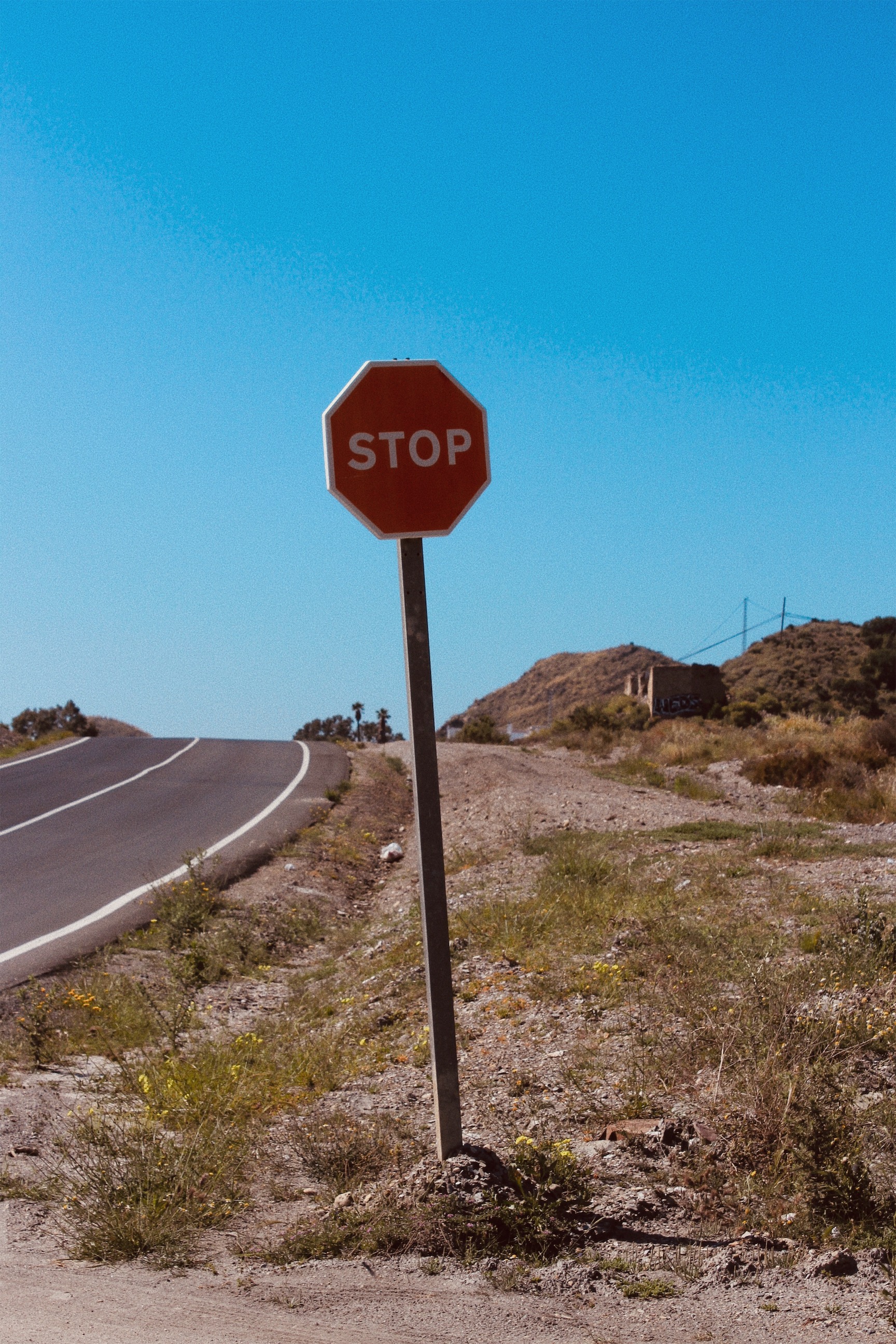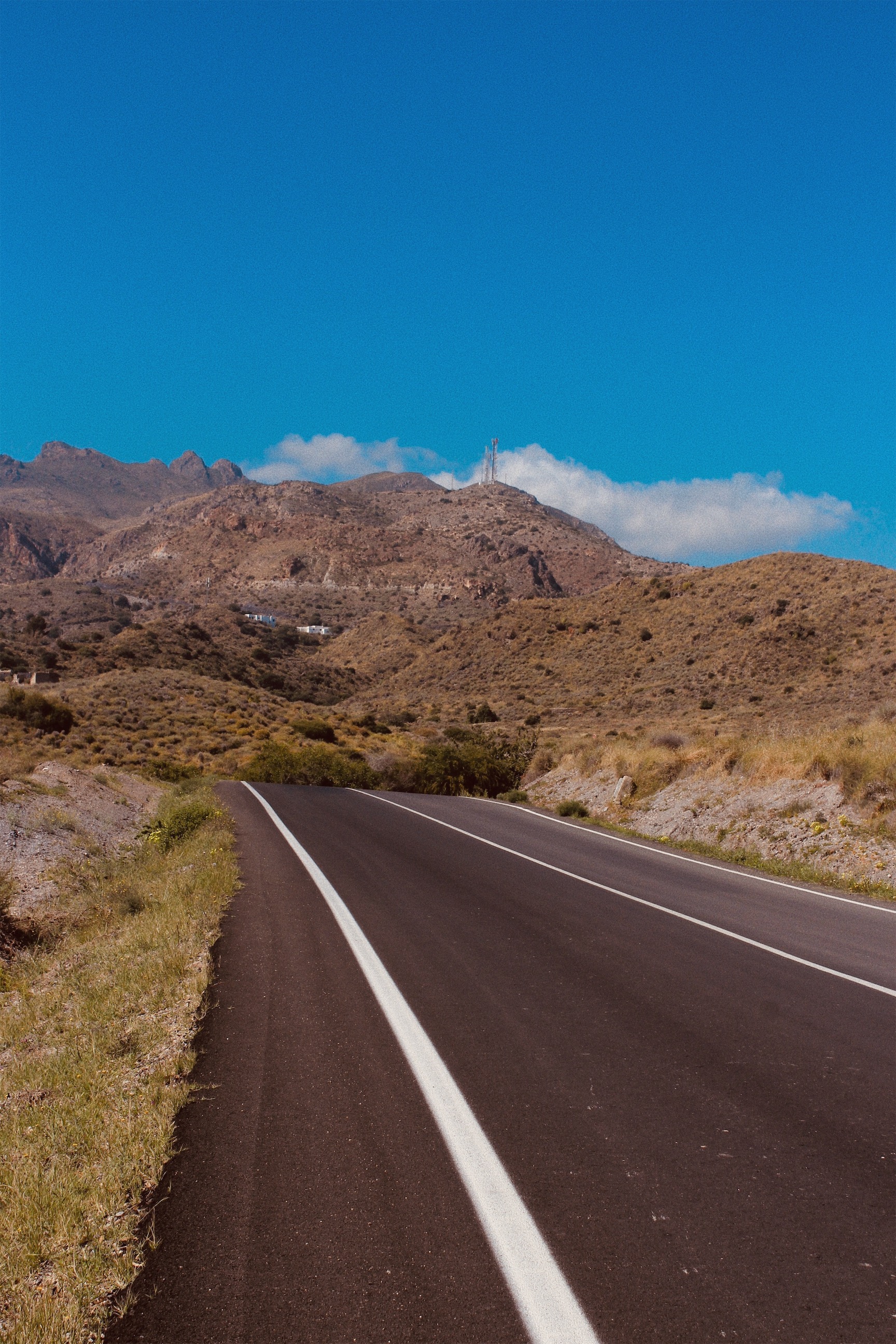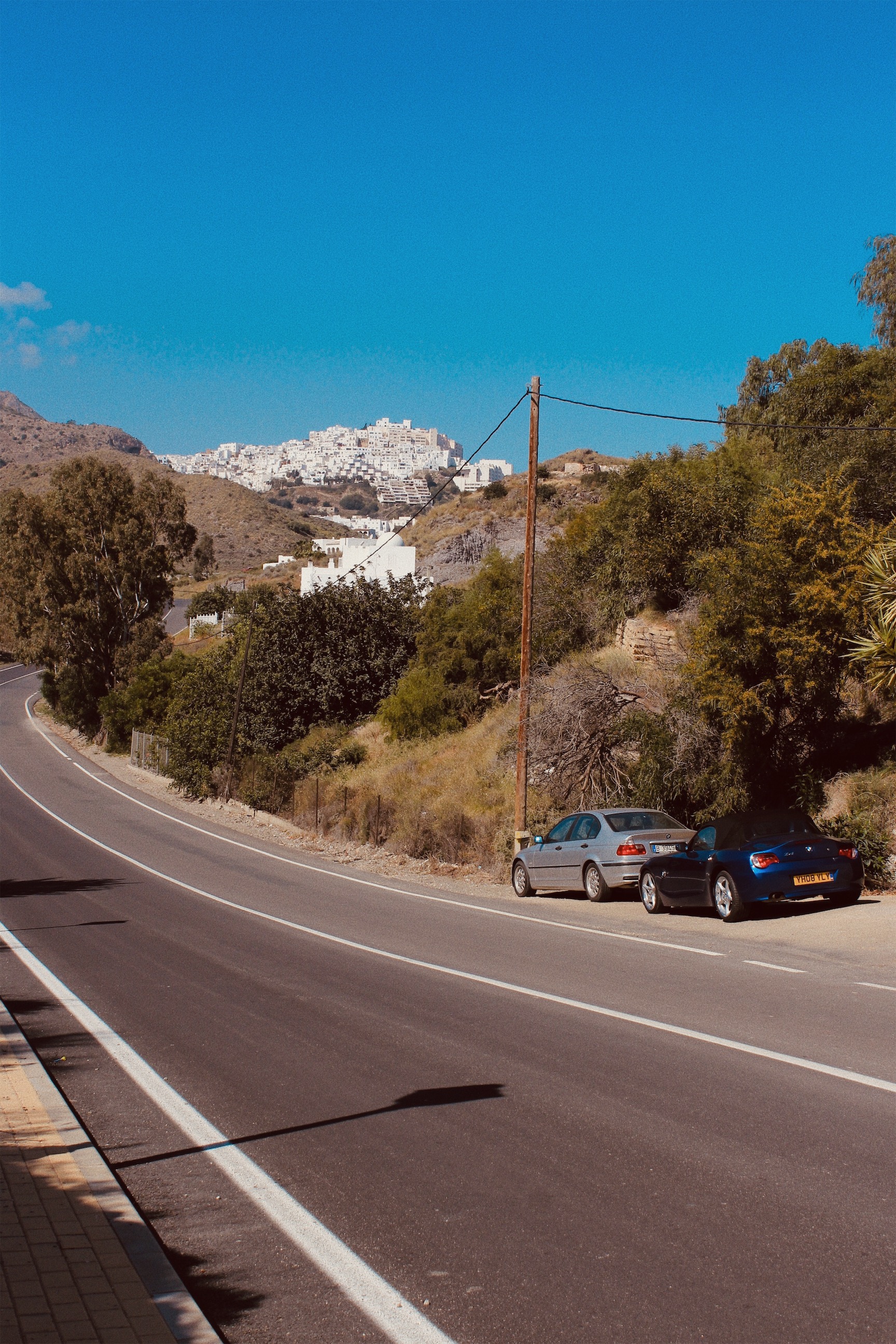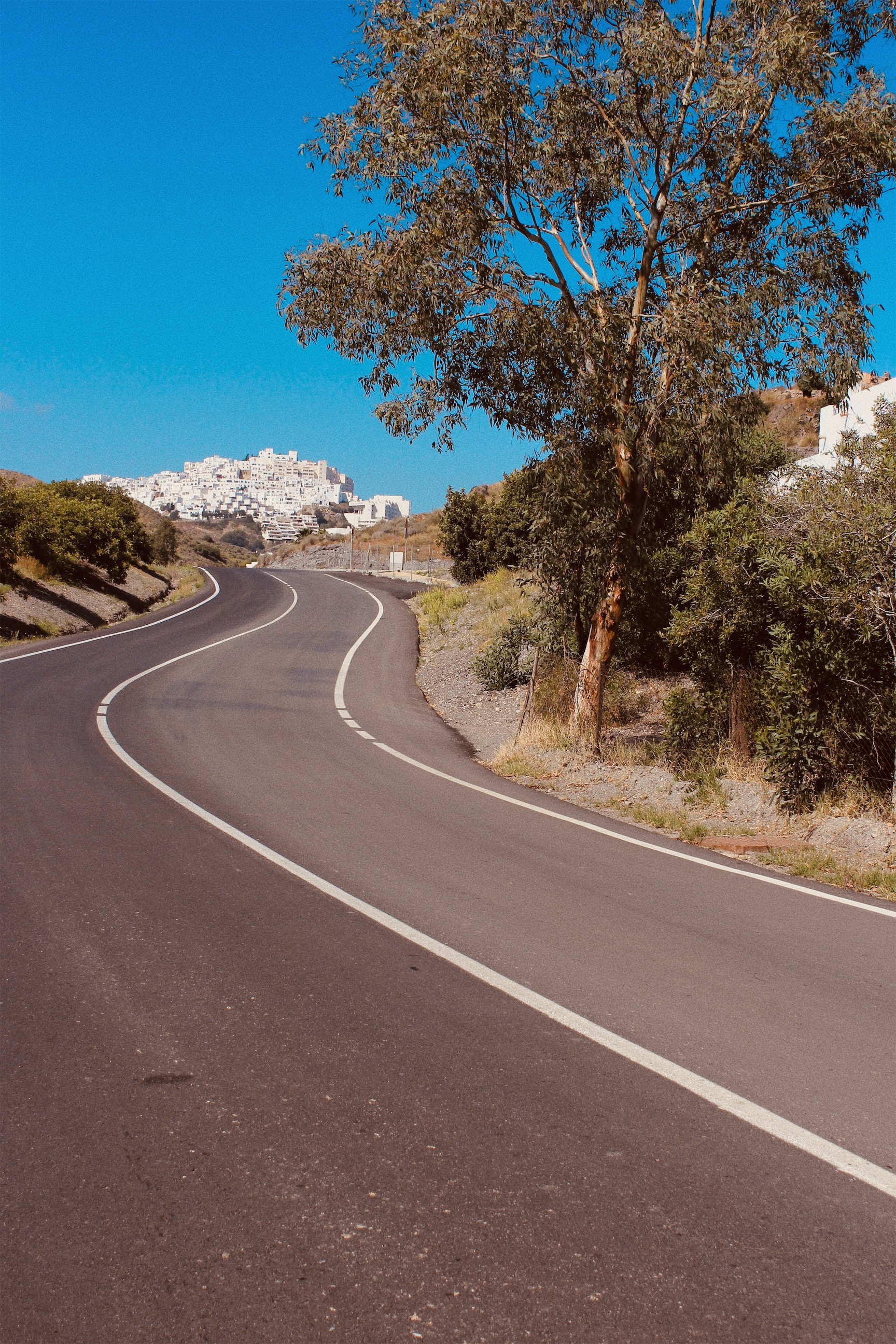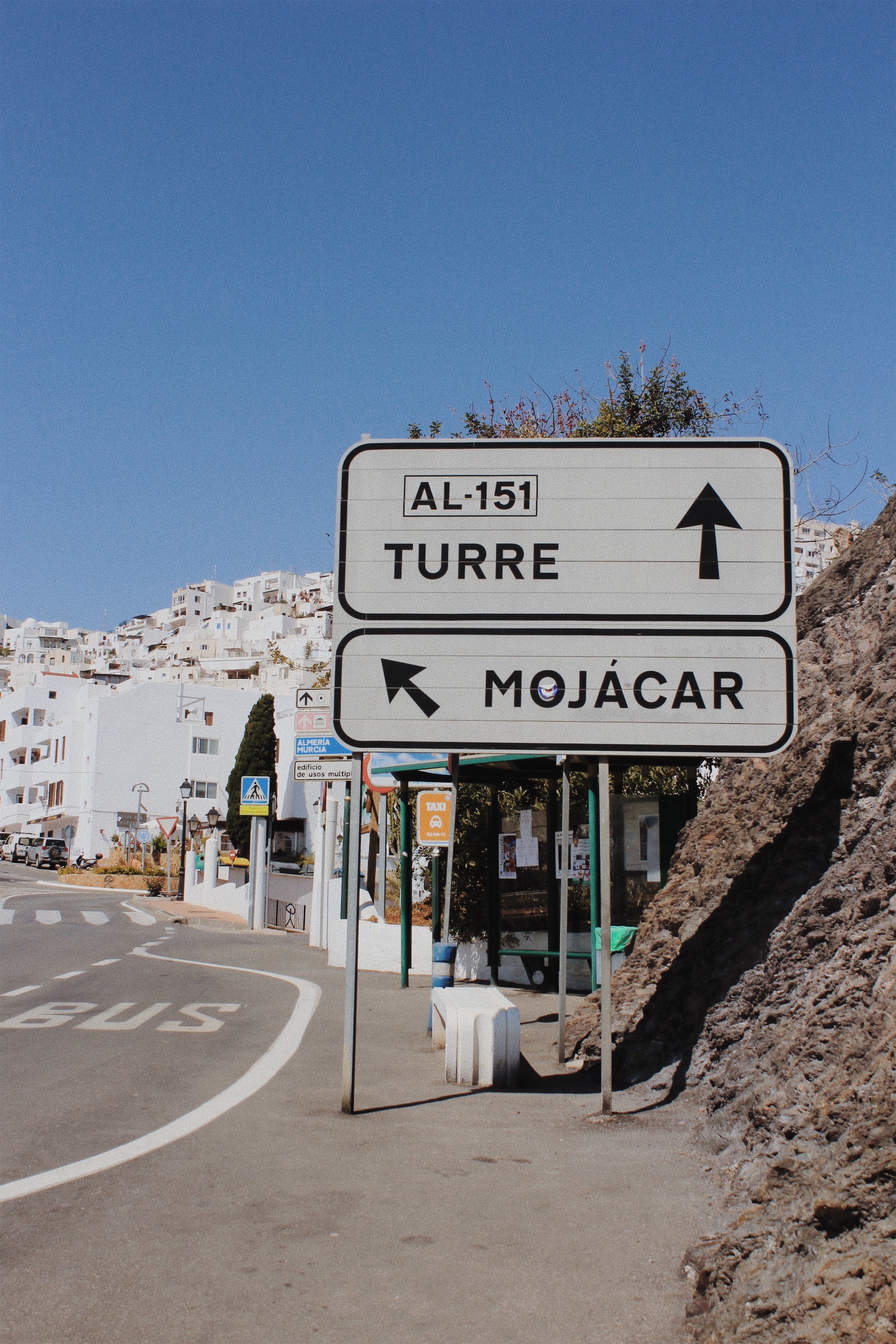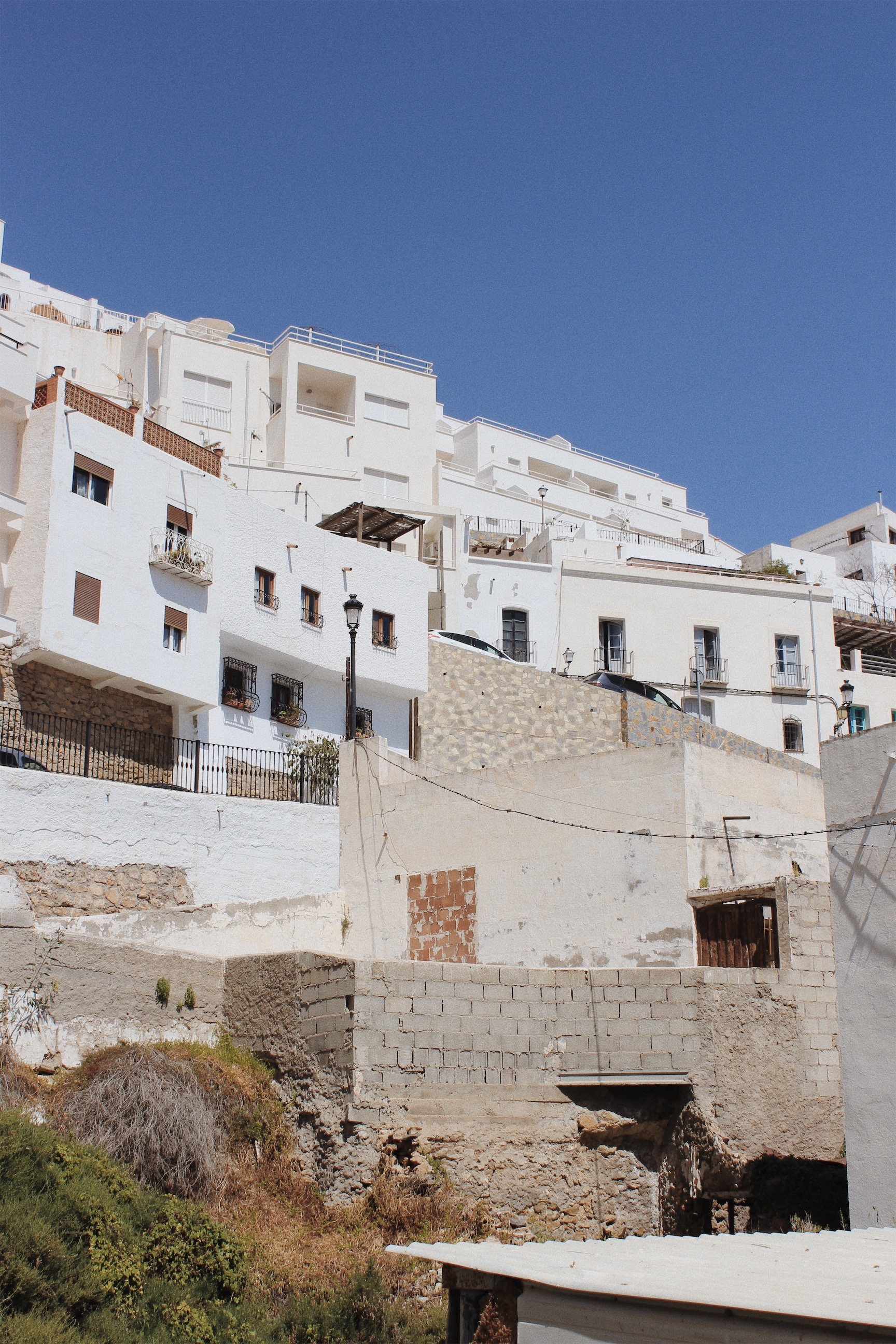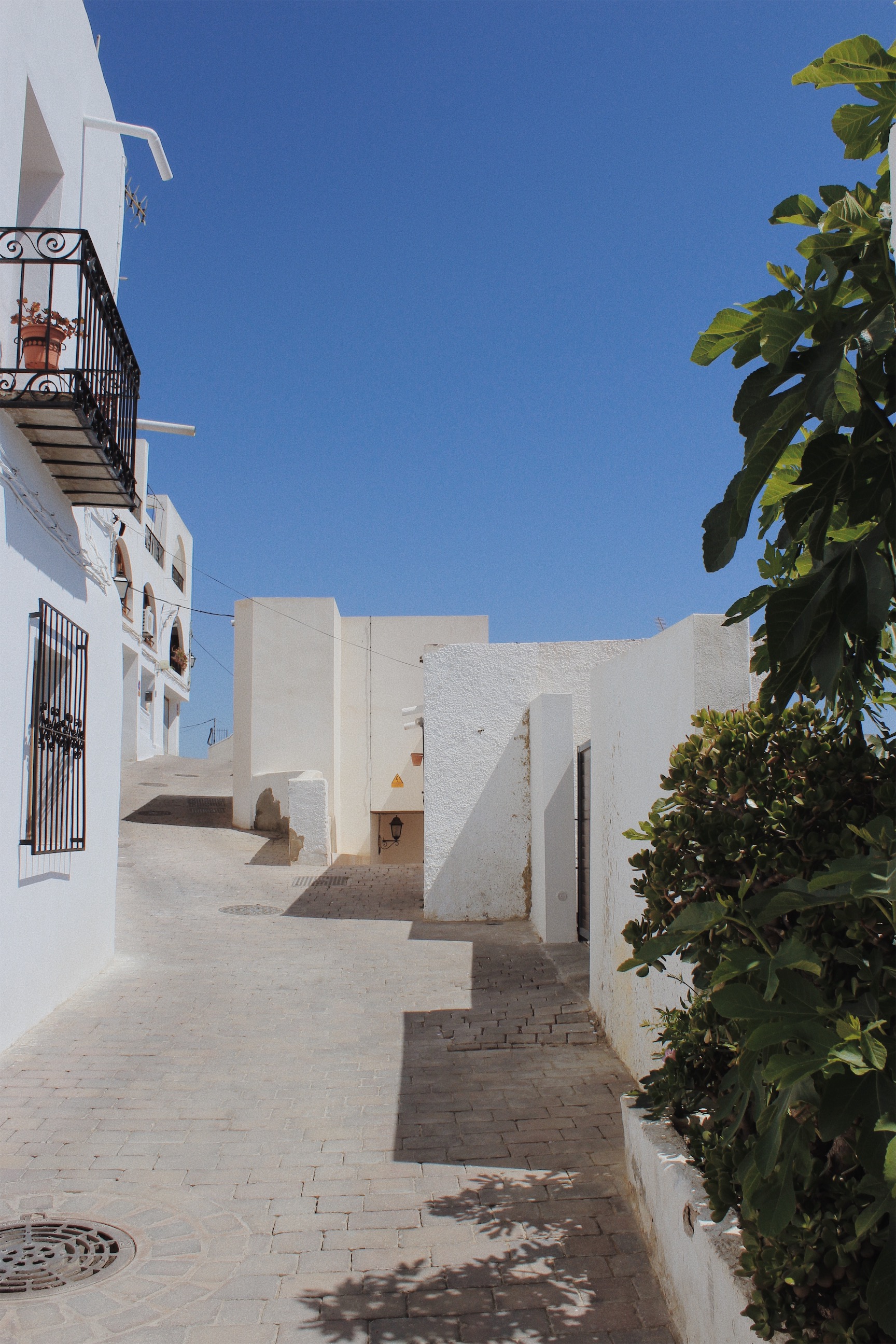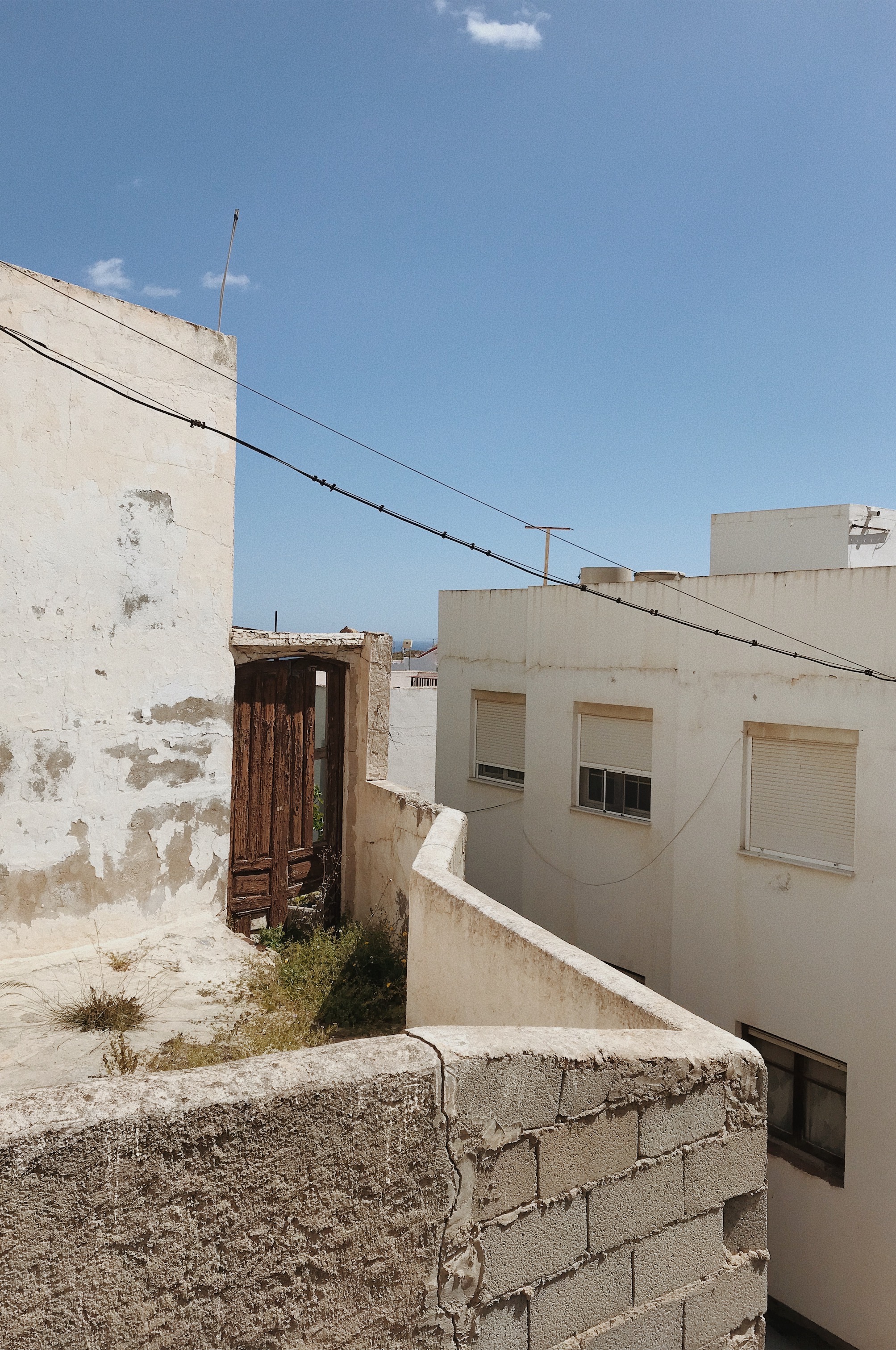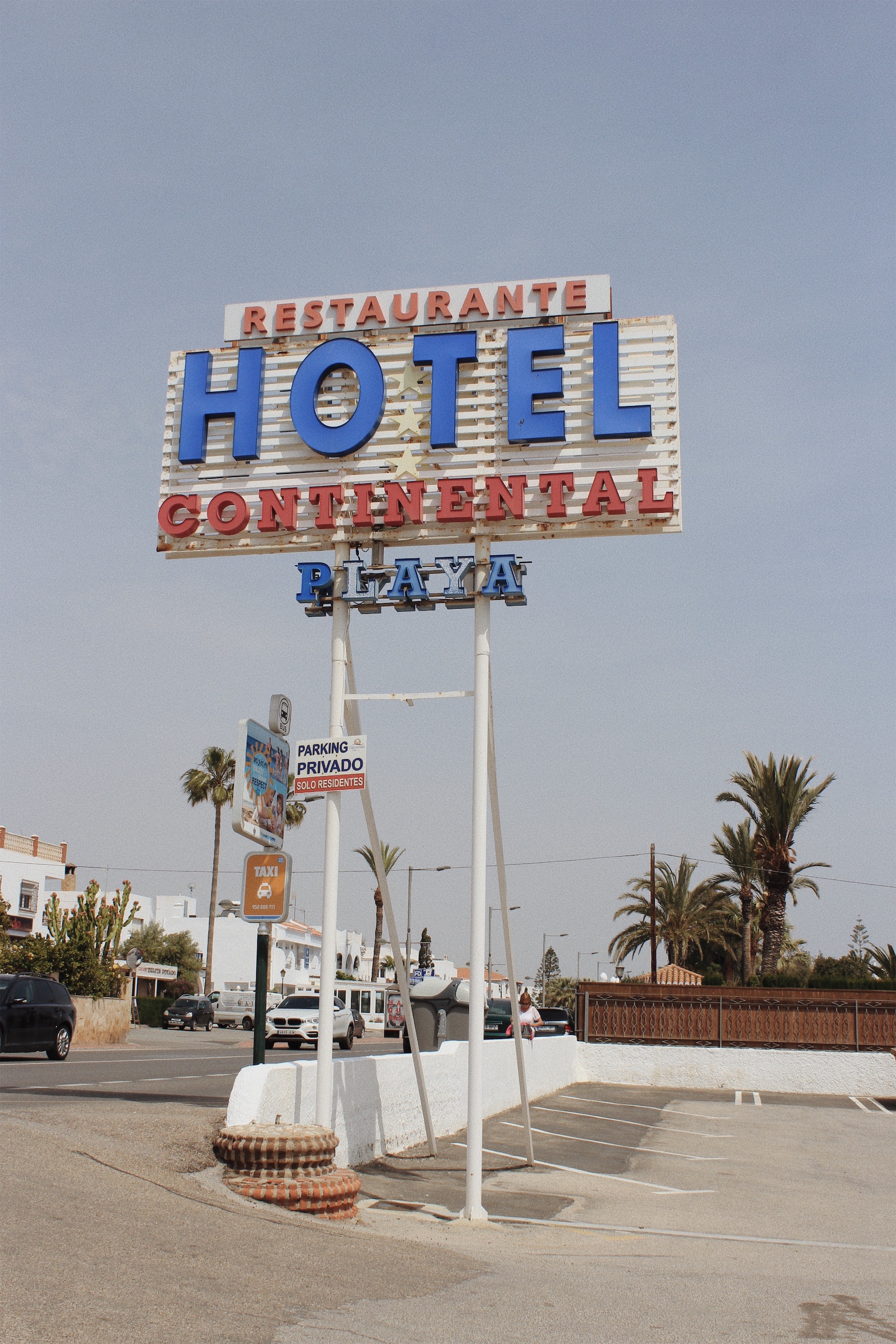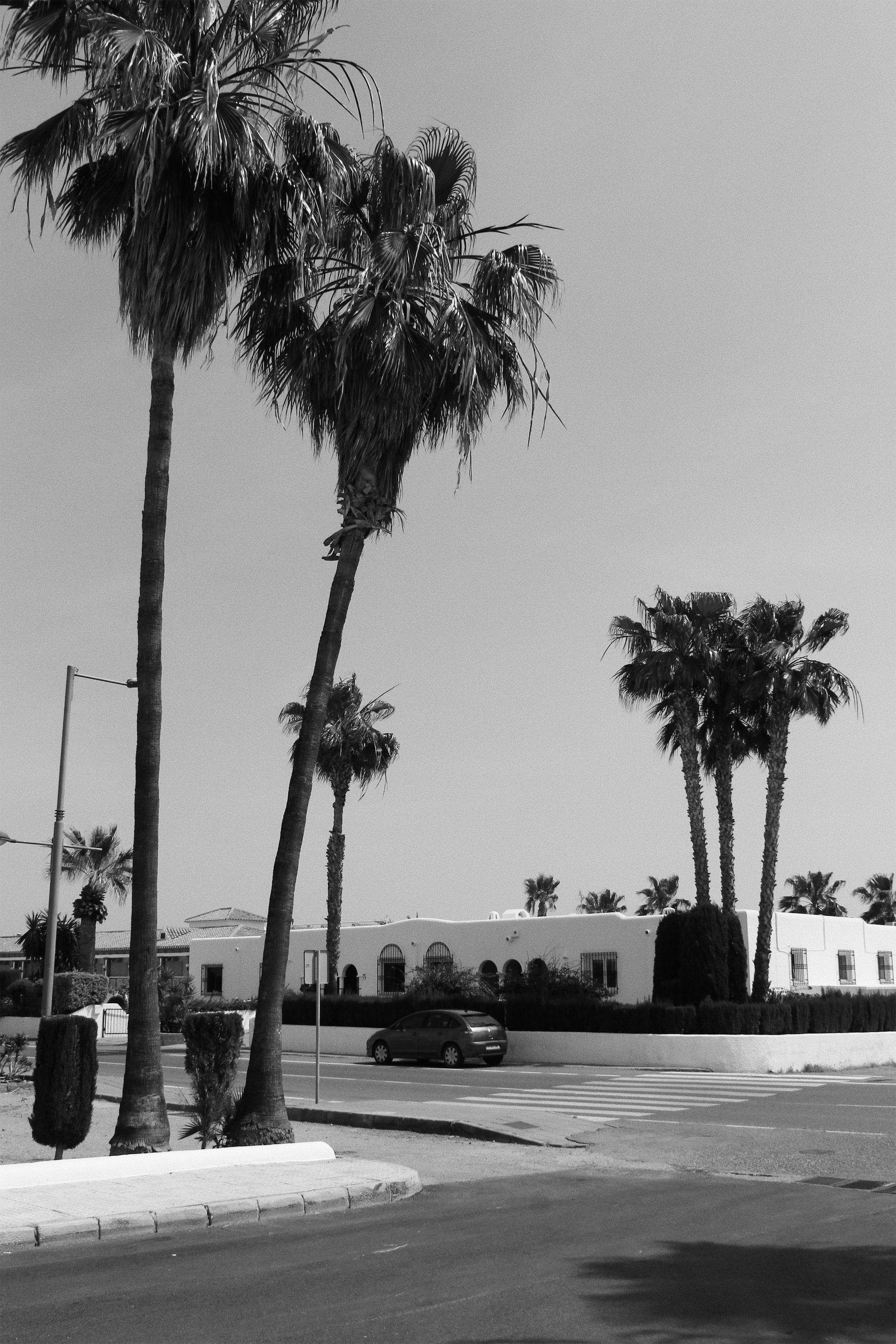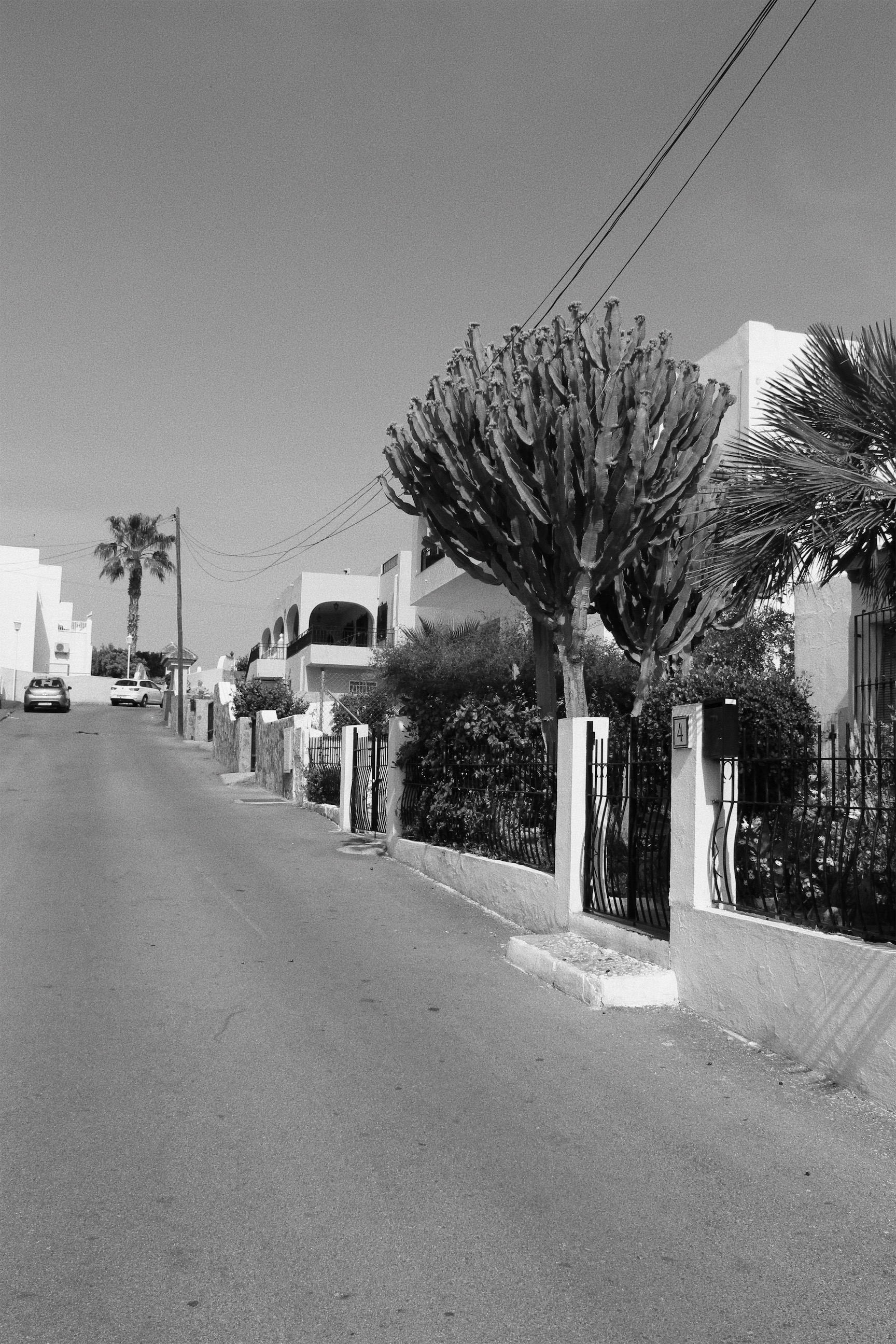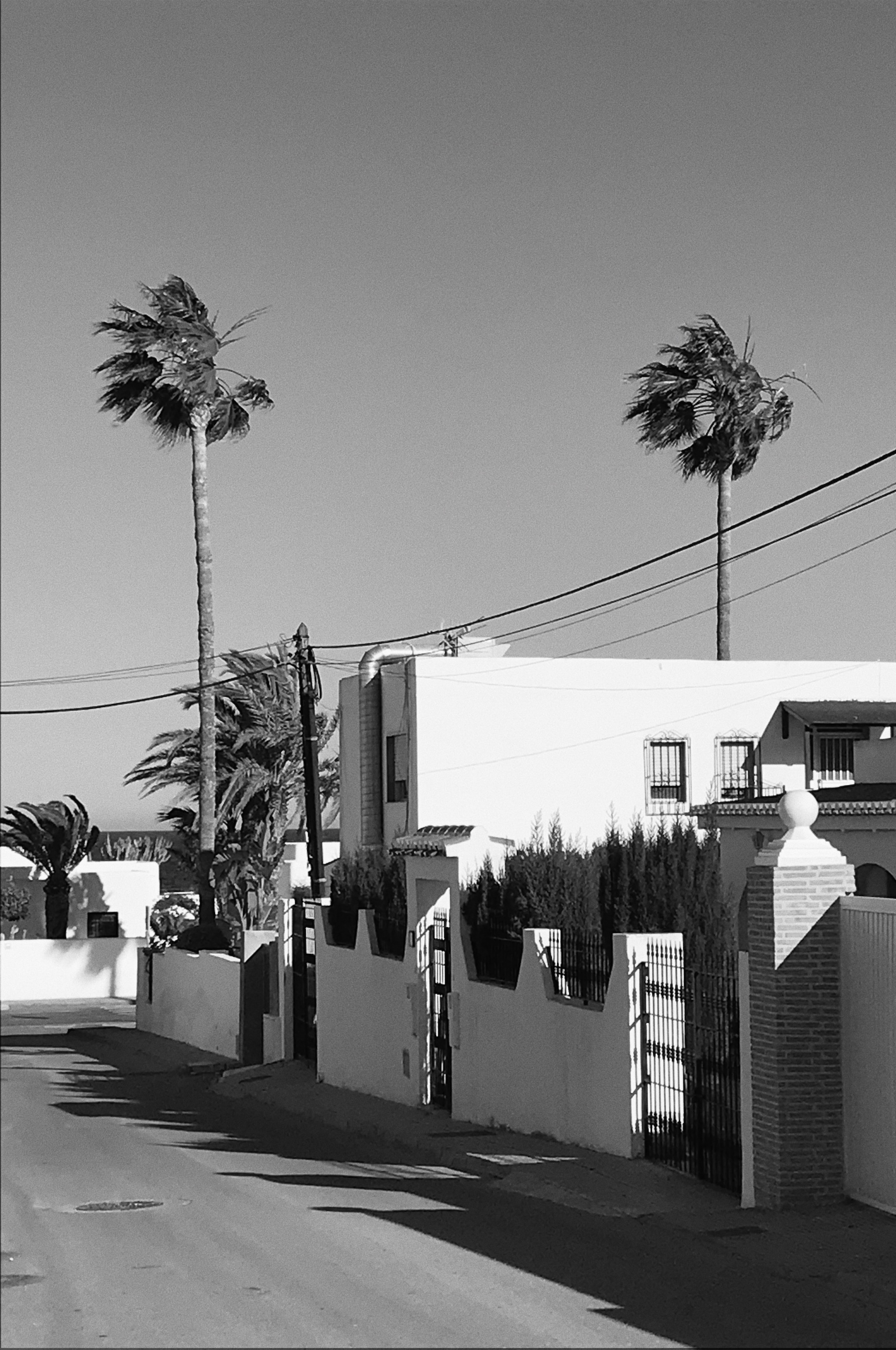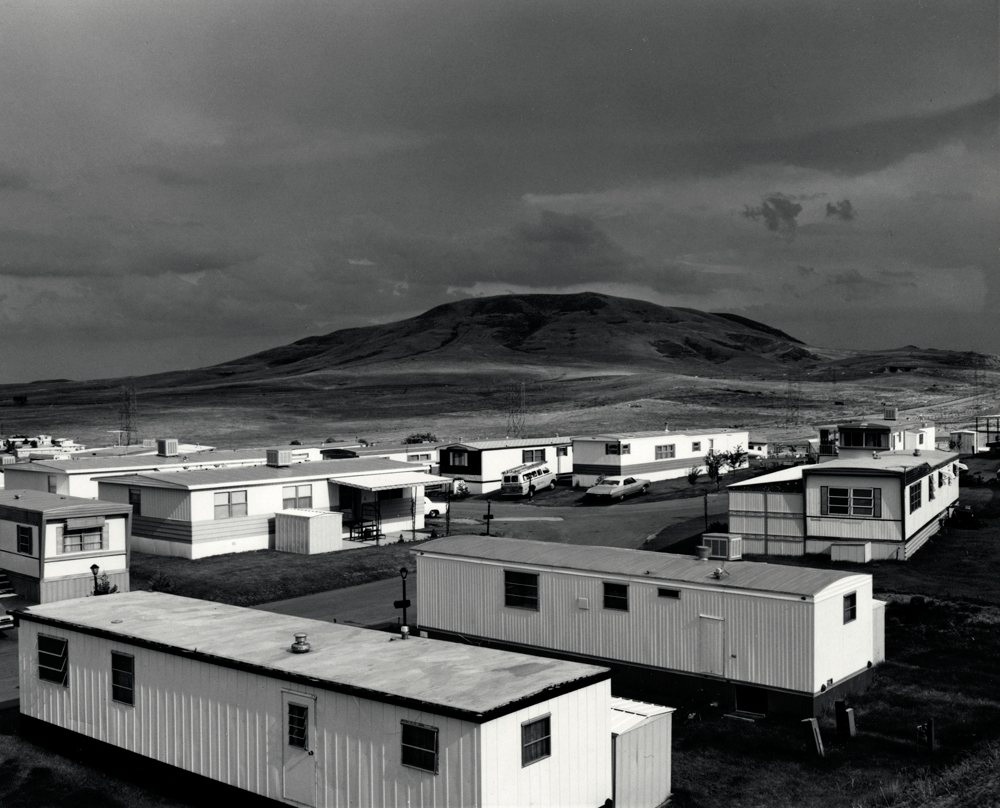
A4 
A4
I chose these two images to be paired for one of my final outcomes because they respond to The New Topographic, which I have been focusing on through the ‘journeys and pathways’ project. The New Topographic relates to the project because it is showing man altered landscapes, often connected by roads and urban developments.
These two images present the same subject from two different viewpoints. The building appears as a substantial part of each scene emphasising the dominance of urban structures over the natural features. Cables form an integral part of the urban landscape dominating the skyline, competing with the natural beauty of the palm trees.
For my first pair of A4 images, I will be displaying them onto white card because of the clean and simple look it creates. The white card will match the white building that can be seen on both images.
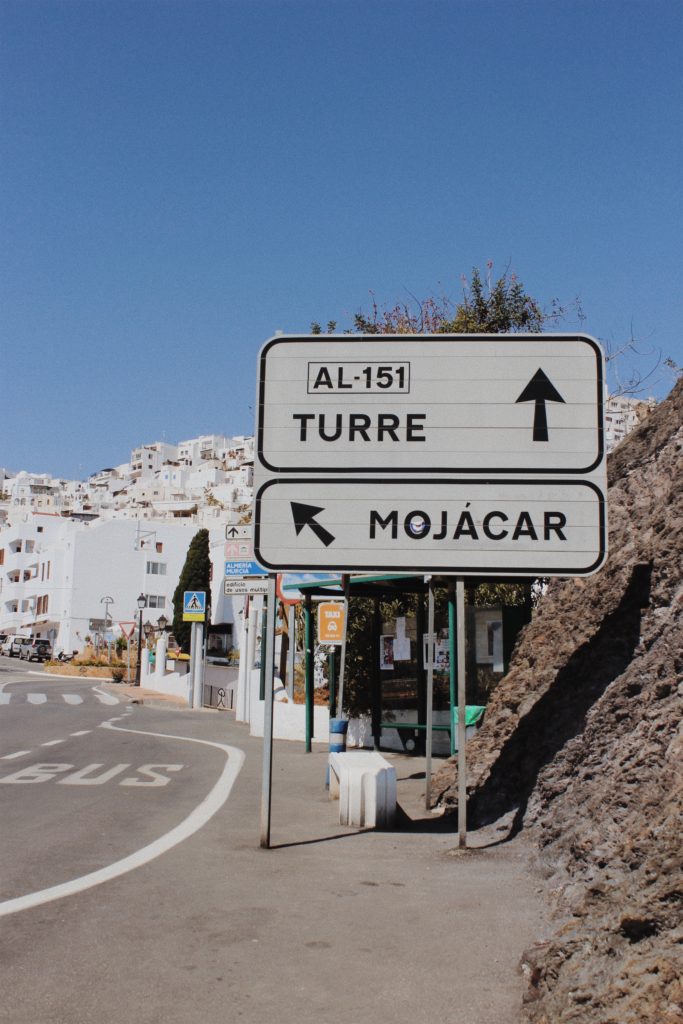
A4 
A4
This pair of images also respond to The New Topographic but are from a different photo shoot. The image on the left depicts a sign showing the direction into Mojacar town. Road signs are often seen in photography work labelled The New Topographic because they appear as intrusions in the landscape being both bold and obnoxious. The image on the right depicts a close up view of the white washed houses that can be seen from a distance on the left hand image. The houses appear cluttered and demonstrate the impact people have on the landscape and how urban development is increasingly taking over.
For my second pair of A4 images, I will be displaying them onto white card. The white card is colour coordinated with the road sign and the moorish houses. I didn’t select black because it would create contrast and fail to produce the simplistic look that I’m after. Additionally black would clash with my images.

I wanted one of my final outcomes to show my response to Luke Fowler who creates two frame films which are juxtaposed yet linked to each other in pairs. This pair is different when it comes to the lighting but the same in composition and subject.
For my third pair of A4 images, I will also have a window frame to reveal the images. I decided to use black card to replicate Luke Fowlers style of two frame film. The black card will frame these two images together and replicate the photographers style.

I have experimented in the project ‘journeys and pathways’ by taking pictures throughout the day every hour. Taking pictures of the tide every hour was one of my strongest outcomes because it shows the journey of the tide from high to low. The composition in each photo is the same and the viewer can see the gradual progression of change.
For my last set of images I decided to mount them onto white card to keep it simplistic and so the viewer can focus on the movement of the tides. Before mounting them onto the card I will stick each individual photo onto foam board so the images appear raised to capture the viewers attention.








